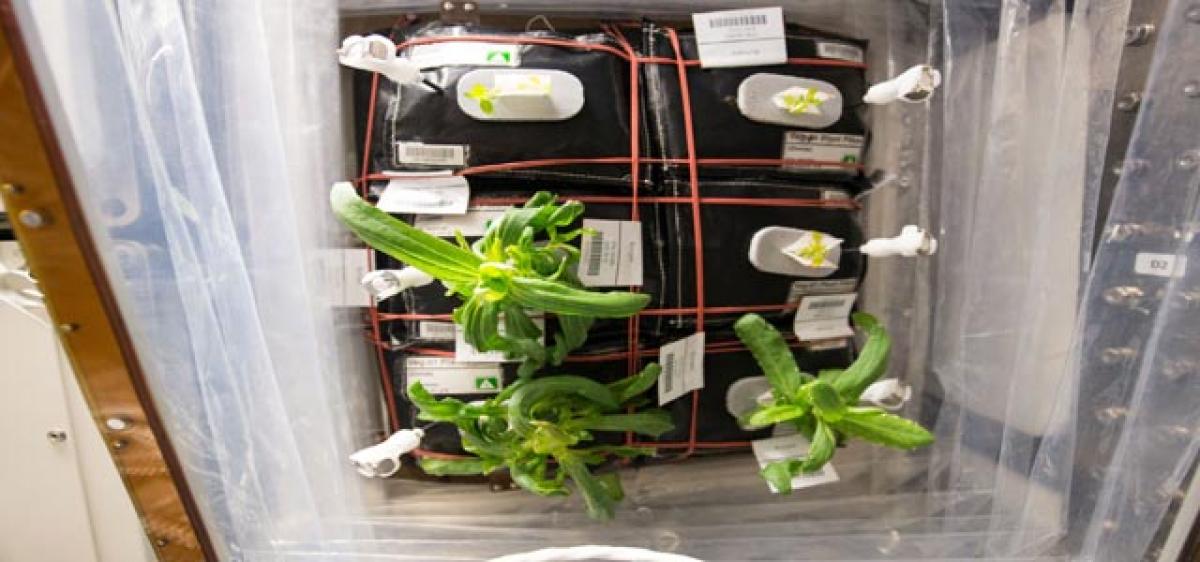Plants to be grown in space

People put on sweaters when they’re cold. Plants on the other hand, have to essentially knit one with their genes.
People put on sweaters when they’re cold. Plants on the other hand, have to essentially knit one with their genes. The University of Florida Institute of Food and Agricultural Sciences (UF/IFAS) researchers are launching their space experiment on February 14 to know more about how gene expression helps plants to adapt themselves to outer space.
To knit that new sweater, a plant will need to find a new pattern for an environment to which it has never been exposed, said UF/IFAS horticultural sciences research professor Anna-Lisa Paul. This is what a plant faces when it grows in space. It’s a novel environment, outside the evolutionary experience of any plant, so the plant needs to experiment with new patterns.
The space launch from the Kennedy Space Center is the latest in a series of experiments performed by Paul and UF/IFAS horticultural sciences professor Robert Ferl as they seek to understand how to grow plants in space. Plants on the SpaceX CRS-10 mission will end up at the International Space Station.
In this experiment, Paul and Ferl are delving deeper into the way plants respond to spaceflight by looking at a special feature of their genetic material. The genetic material of a plant or animal referred to as the “genome” has extra features other than just the DNA base pairs.
For the APEX04 spaceflight experiment, scientists will grow experimental plants aboard the ISS, harvest in orbit and then return the plant samples to Earth. Once returned to UF/IFAS lab, scientists will sequence the genomes to see how changes in DNA-methylation -- a mechanism used by cells to control gene expression -- contribute to the spaceflight response.














